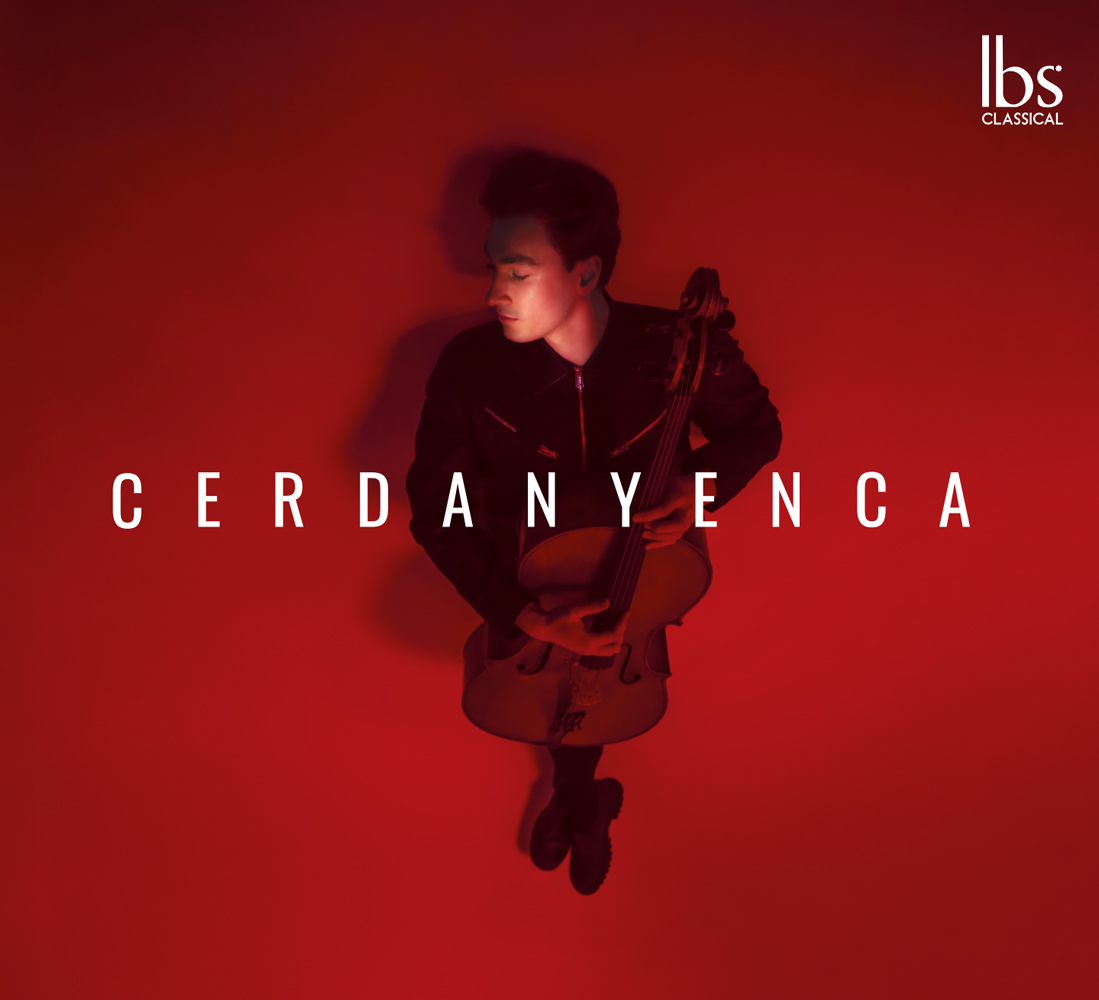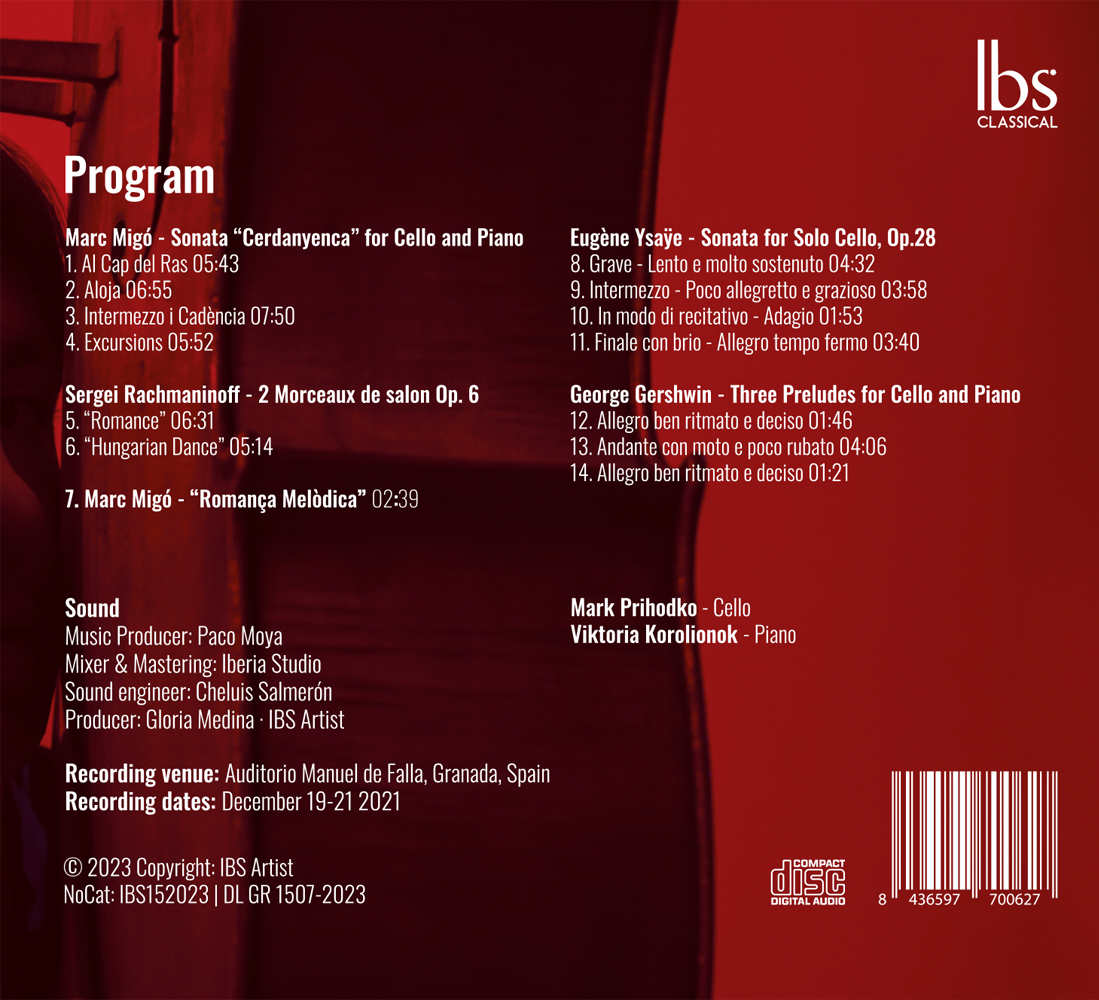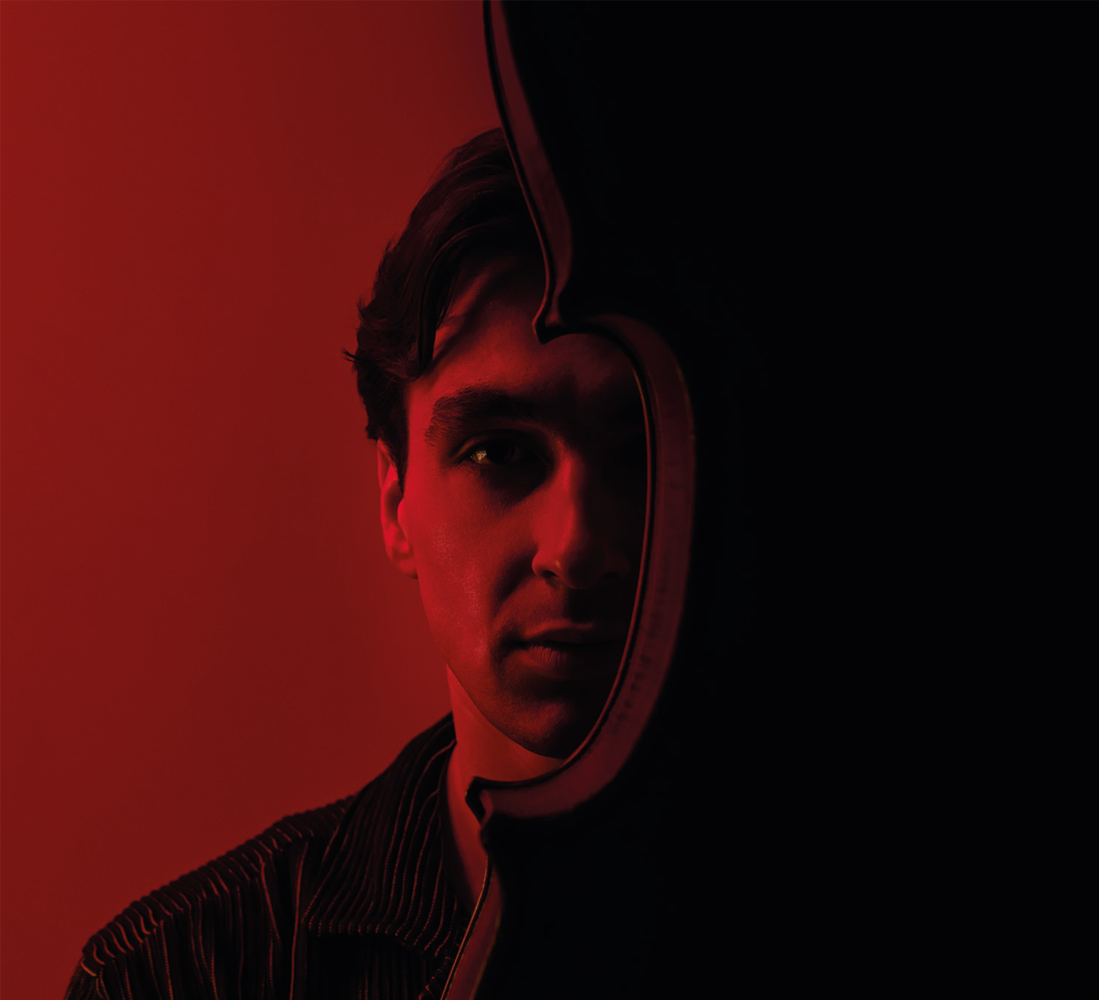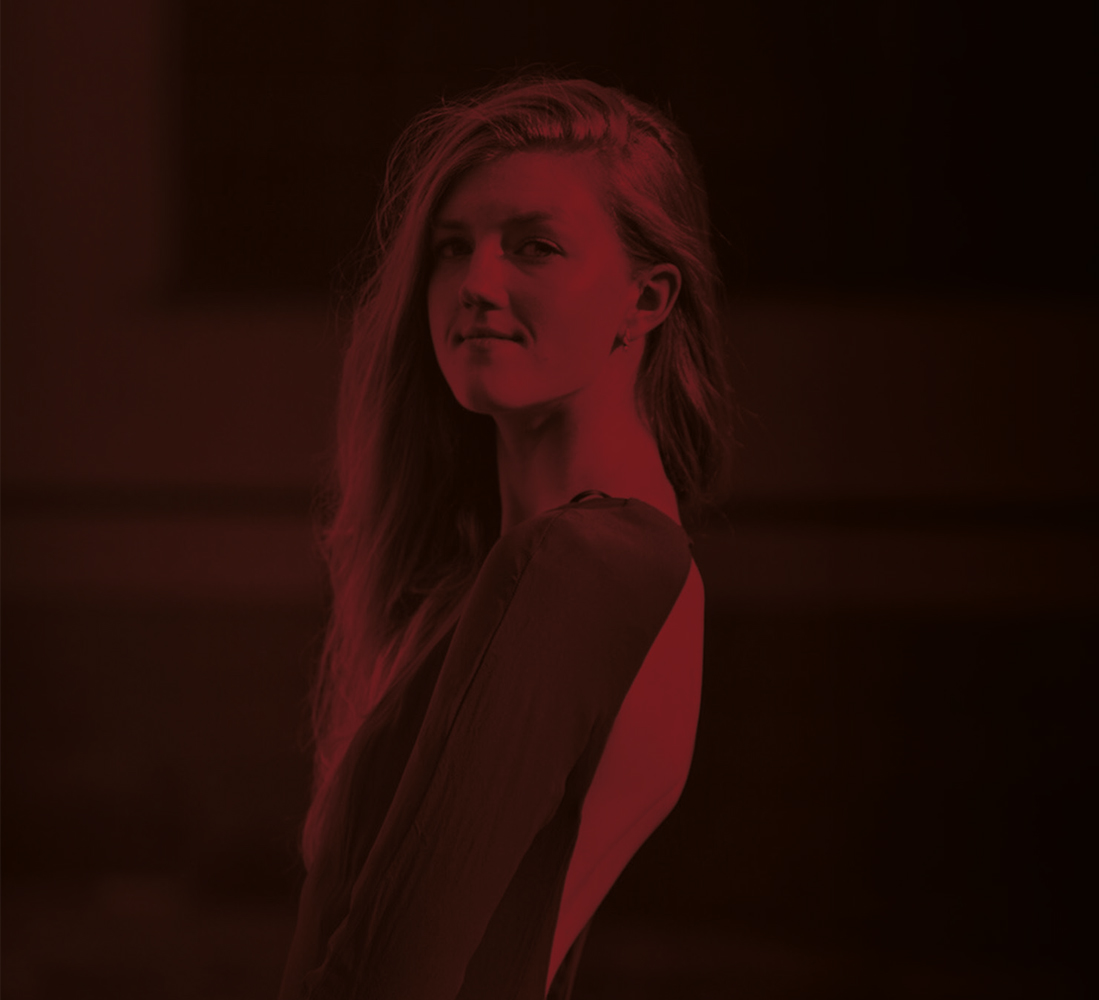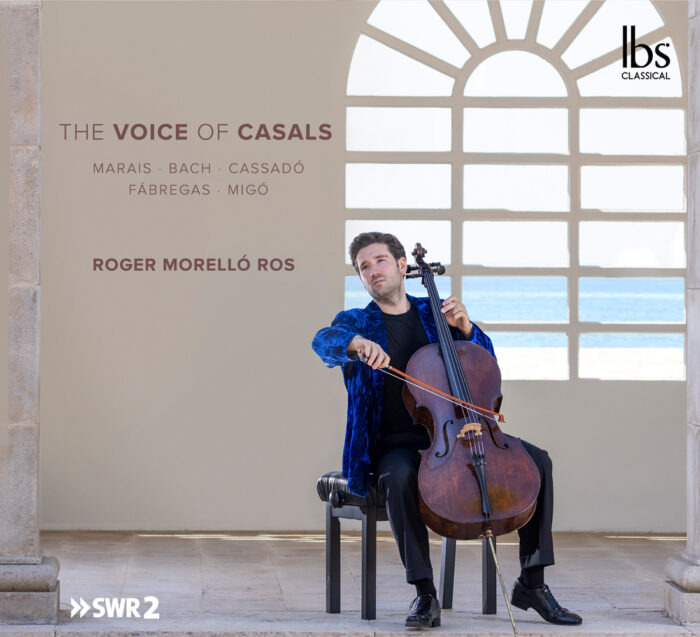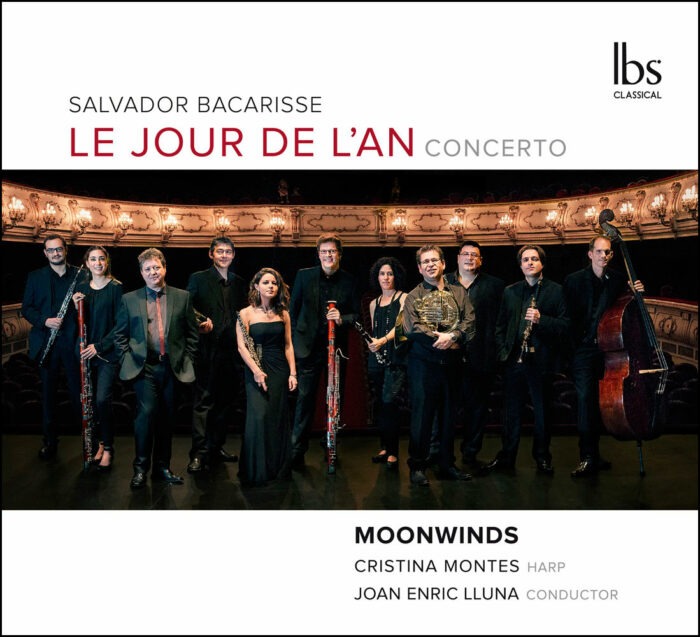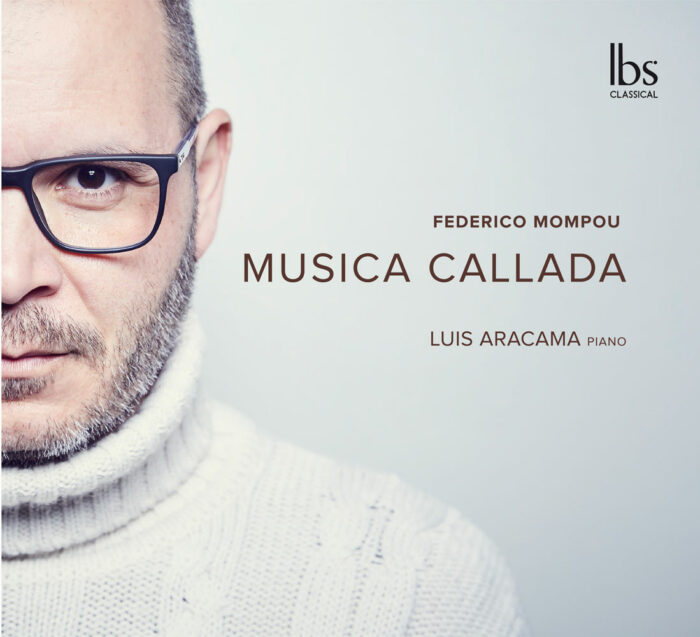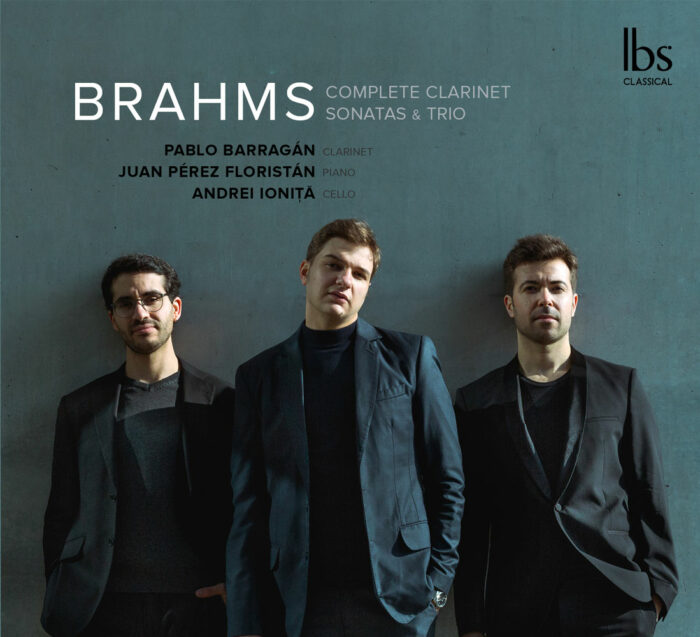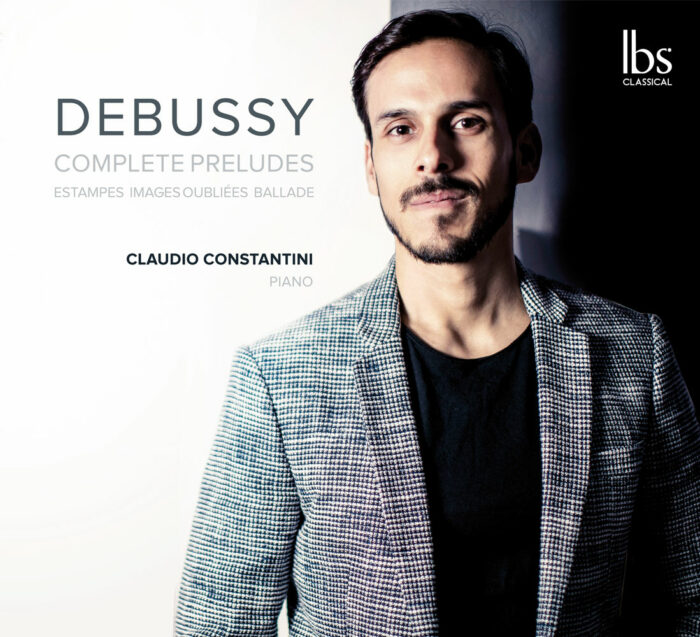Sonata Cercanyenca
In a note to his Sonata per a violoncel i piano “Cerdanyenca,” Marc Migó briefly explains that the work―ambitious, as I said, long, and relentlessly chuck-full of virtuosity―was commissioned by cellist Philip Shegog, whose only special request from the composer was to find inspiration in his heritage. Migó wrote the first movement, “Al Cap del Ras,” (At the Cap del Ras) moved by that flabbergasting natural lookout (Cap del Ras) with panoramic views of the Pyrenees mountains. The second movement, “La dona de l’aigua” refers to another natural site in the Pyrenees named after the legend of The Waterwoman, a mysterious beautiful woman, a creature of the water, who eventually marries a man on the condition that her origins should never be revealed… well, no spoilers here, suffice it to say that Migó’s music does reflect the fairytale, supernatural quality of the story. After an “Intermezzo and Cadenza”, the third movement, where unabashed virtuoso Mark Prihodko in this recording shows an absolute command of his technique, the final movement, “Excursions” returns to the evocation of the landscape of Northern Catalonia and the Pyrenees, and more specifically the region of La Cerdanya. Hence the subtitle “Sonata Cerdanyenca.”
However, if Migó’s music is nurtured by the landscape and the weekend family outings from his native Barcelona (deep down, he acknowledges, he is a “city kid” raised in an urban environment), the music has no references, as one could perhaps expect, to the folk traditions of Catalonia, or Spain, for that matter. Migó’s musical language also stays away from radical experimentalism and keeps at all times tonal poles, evaded here and there, but always there to offer a sense of movement and continuity. The music is pitch-centric, true, meaning that pitch or tone, and the resulting melodies and harmonies and the rhythms that deliver them in time, are primordial in his soundscape. The score is, nonetheless, strategically idiomatic: the writing exploits essentially all that the cello can do; the instrument is used as a “cello,” not only a vehicle for abstract pitches that could be sounded by any other instrument. The listener thus encounters dozens of sound effects that are essentially unique to the cello or at least to the string family. To name a few, there are frequent glissandi, pizzicati, col legno, tremolo, con sord, harmonics, etc. These are not gratuitous effects. In the second movement, for example, the composer writes on the score sul tasto, which some treatises call flautando, i.e., flute-like, ethereal, ghostly… just like the story’s fabled Waterwoman that inspired this music.
The intensity of this “Sonata Cernadenyenca” is contrasted with the delicate poignancy of Rachmaninoff’s youthful Morceaux de salon, Op. 6 (1893). Originally written for the violin, the first piece, “Romance,” starts with a memorable theme for the violin supported by sinuous arpeggios by the piano. Later, the music intensifies by adding double-stop octaves on the violin and a dramatic piano part. The “Danse hongroise” that follows, an exoticist fantasy, contrasts in tempo―it is marked Vivace―and it is, certainly, an effective virtuoso, show-off piece, but not exempt from smart winks such as the piano seemingly echoing a musical motif from the main theme of the “Romance.”
Marc Migó
After receiving a Deutsche Grammophon CD collection from his grandfather for his 16th birthday, Marc Migó (1993, Barcelona) became unexpectedly and passionately drawn to its contents. This discovery led him to seek out guidance from pianist Liliana Sainz and composer Xavier Boliart. Three years later, he enrolled at ESMUC (Superior Music School of Catalonia).
In 2017, thanks to a scholarship issued by Fundación SGAE, Marc moved to New York in order to continue his musical studies. He pursued his Masters at The Juilliard School, where he was awarded the 2018 Orchestral Composition Prize. In 2019 he received The Pablo Casals Festival Award for his Cello Sonata “Cerdanyenca”, two Morton Gould Young Composers award by ASCAP and the New Juilliard annual commissioning competition award. He also has been a fellow at the 2020 Minnesota Orchestra Composer’s Institute, a winner of the George Enescu Prize 2020, the recipient of the first ever Dominick Argento Fellowship for Opera Composition (2022), and the 2023 Leo Kaplan Award by Ascap, among other international recognitions.
Marc Migó is currently a C.V. Starr fellow at Juilliard. He has received commissions from leading institutions, ensembles and performers, such as UrbanArias, the Dutch National Opera, Verità Ensemble, Liceu Opera House, the New Juilliard Ensemble, Festival Pablo Casals in Prades, The Cabrillo Festival, l’Associació Joan Manén, La Fura dels Baus, and CUNY University, among others.
Mark Prihodko
A music artist, cultural producer and entrepreneur whose interdisciplinary vision leads him to become an influential consultant and lecturer in the fields of culture, business administration, investment acquisition and management.
Mark occupies the position of Programming Director of Performing Arts at NOACK Kulturforum and Artistic Advisor at the ALTHAFEN Foundation in Berlin, and is a co-founder and CEO of Artemp Inc. in New York. Meanwhile he continues his performing and recording career as an artist of IBS Classical Label.
His debut at the age of 9 at the Musica Mundi festival in Belgium and Chat el Ro concert series in France was quickly followed by engagements with world’s leading orchestras. Born in a family of Israeli cellist and Russian pianist, Mark was studying under the leadership of a renowned Belarusian Pedagogue Vladimir Perlin since the age of 6. Before becoming a part of the elite Kovner Fellowship at the Juilliard School at 2016, he makes the United States his home at the age of 14, immediately capturing the attention of the American audience for his “astonishing virtuosic and spellbinding lyrical command over the instrument” – Pioneer Press. Upon receiving a prestigious Best Recital Of The Year award by Salon Se Leve Concert Series in 2015, Mr. Prihodko was already a winner of Mary West, Schubert Club, Rochester Guild, Rotary, YPSCA, and First Manhattan international competitions. While maintaining a worldwide performing career, he continued his studies with Tanya Remennikova at the Pre-Conservatory program of Shattuck St. Mary’s School and University of Minnesota.
Mark’s list of artistic collaborations includes engagements with renowned musicians, such as Ivry Gitlis, Barbara Hannigan, Sarah Chang, Gavriel Lipkind, Tatiana Goncharova, and Mahan Esfahani. The Cerdanyenca recital tour in the summer of 2019 featuring the world premiere of the cello sonata by Marc Migo was hailed as “a sensational program that showcases the highest level of music-making” – Revista Musical Catalana.
Mr. Prihodko has given masterclasses at the Barcelona Conservatory ESMUC (Barcelona), Bilkent University (Ankara), Manhattan School of Music (New York), Tchaikovsky Conservatory (Moscow), University of Minnesota (Minneapolis) and the Republican Music College (Belarus).
